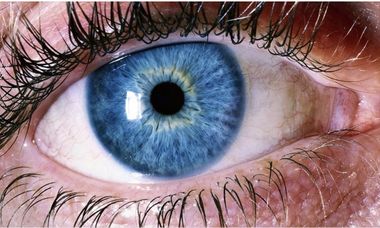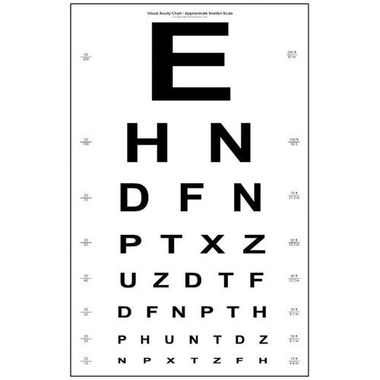Eyesight
The Highway Code Rule 92 states - 'You MUST be able to read a vehicle number plate in good daylight from a distance of 20 metres (or 20.5 metres where the old style number plate is used).
If you need to wear glasses (or contact lenses) to do this, you MUST wear them at all times while driving. The police have the power to require a driver to undertake an eyesight test.
Laws RTO 1981 Art 154, MV(DL)R reg 29 & sch 7, & MVDL(A)R
If you want to do your own number plate test, when walking down a street or in a car park, 20 metres is about 5 car lengths.
Remember If you need glasses or contact lenses to drive, you must wear them at all times when driving (see Rule 92 of the Highway Code). It is an offence not to do so, and may invalidate your motor insurance. It is a good idea to keep a spare set of glasses in the glove compartment.
Eyesight Tests
The best way to make sure you meet the minimum eyesight standard for driving is to have an eyesight test at an opticians every two years, or more often if the optician advises.
You are entitled to a free eye test if you are 60 years or over, or have been diagnosed with diabetes or glaucoma or have been advised by an ophthalmologist that you are at risk of glaucoma. If you are 40 years or over, and have a mother, father, brother, sister, son or daughter who has been diagnosed with glaucoma, you are also entitled to a free NHS sight test. You can also receive free eye tests if you receive certain social security benefits.
Any condition that affects both eyes (or the remaining eye if you only have one eye), except long and short sightedness and colour blindness, should be reported to the DVA. This does not necessarily mean you would lose your licence – an assessment of your eyesight will be made
.
Eyesight can deteriorate gradually over time and it can be difficult to realise it has fallen below the minimum standard. For instance, as we grow older our eyes become less able to react quickly to changes in light and we start to have difficulty with colours and contrasts in poor light. Between the ages of 15 and 65 years the time it takes to recover from glare increases from 2 to 9 seconds. This could be one reason why some people find driving at night more difficult.



